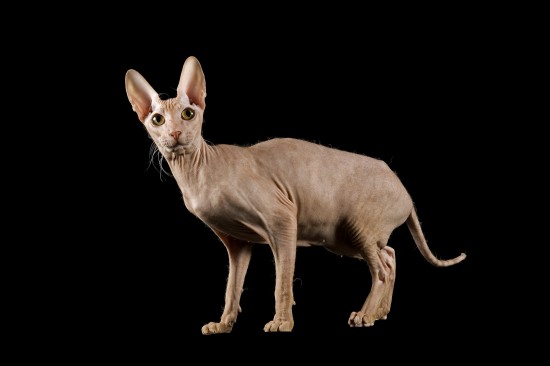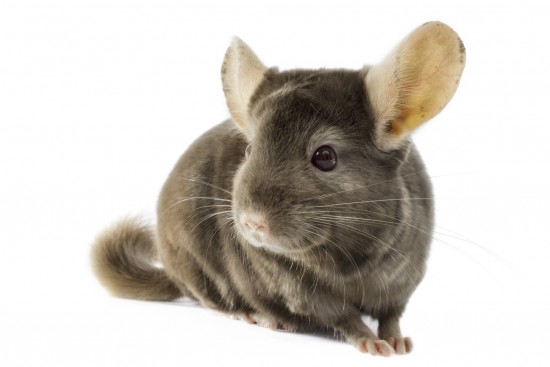Despite their menacing looks and efficient predatory skills, the life cycle of the praying mantis is a delicate one. As with all predatory creatures, these brooding solitary wonders are still subject to the fine balance of nature.
Generally, the praying mantis will live for only six months. Some species will live up to a whole year. The life cycle of the praying mantis consists of three main stages. These are the egg stage, nymph stage and adult stage.
The egg stage takes place right before winter. During the autumn season after fertilization the adult female praying mantis will lay 100 to 400 eggs. She begins to secure the eggs on a safe stem or sturdy leave with a frothy liquid that hardens and becomes a protective casing for the eggs during the winter. It is during this life cycle that the praying mantis' eggs are sought after, usually for business, farming or scientific study. These egg structures are known as ootheca. For each egg in the ootheca, there is a compartment-like space. To assist their hatching, these compartments contain small one way valve-like structures. The baby mantids break out of the casing during the spring as the warmth naturally expedites the hatching.
The nymph stage blossoms in the spring. After these hungry nymphs get a taste of the outside air for the first time, they will hang around the egg case for a little while. As with spider-lings, some of these baby mantids will try to eat each other during this time. After dispatching, they start hunting for small insects like fruit flies. During this life cycle the tiny mantids are particularly vulnerable to other larger predators and as with many insects, not all the nymphs will survive this stage. Also, the frail nymphs during this stage will be unable to tackle on prey larger and stronger than themselves and will need to learn to be selective when preying.
The adult stage thrives in the summer. The adolescent praying mantis will spend the late spring and early summer months hunting and eating anything that will not eat it first. They grow at a steady pace, shedding their exoskeleton as much as ten times in a process known as molting, until they reach their full size by the end of summer. Right before each molt, the praying mantis will often become sluggish and will not eat for sometime. They usually select a solid branch to secure their footing to assist with the difficult process. It is at this critical time during each molting process that the praying mantis can be particularly vulnerable to larger predators as each shed can take a few hours. Tragically, some can even get stuck in the old skin during this process and perish. However, when they come out successfully from the molting process, they soon regain their strength and appetite and are bigger and stronger than before.
The praying mantis life cycle is one that is enjoyable to witness. My brother and I had the opportunity and privilege a few years ago to raise some mantids from their birth and into their adulthood. The experience was enriching and educational and in the following months I will post some of the things we have learned about this wonderful creature.

 Knowing When To Call The Vet For Your Cat Or Dog
Knowing When To Call The Vet For Your Cat Or Dog
 The Delightful Peterbald – An Extraordinary Hairless Cat
The Delightful Peterbald – An Extraordinary Hairless Cat
 Eye Problems In The Miniature Pinscher And Similar Dog Breeds
Eye Problems In The Miniature Pinscher And Similar Dog Breeds
 How to find BC German Shepherds for sale online?
How to find BC German Shepherds for sale online?
 Some Frequently Asked Questions About The Bullmastiff Dog Breed
Some Frequently Asked Questions About The Bullmastiff Dog Breed
 Larger Dog Breeds That Make Great Family Pets
Larger Dog Breeds That Make Great Family Pets
 Measure Your Dog For A Harness In 5 Easy Steps
Download Dog - harness 1 - Royalty Free Stock Photofrom &c
Measure Your Dog For A Harness In 5 Easy Steps
Download Dog - harness 1 - Royalty Free Stock Photofrom &c
 Reasons Why Dogs Drink Excessive Amounts Of Water
Reasons Why Dogs
Reasons Why Dogs Drink Excessive Amounts Of Water
Reasons Why Dogs
 Is It A Veterinary Emergency?
Is It A Veterinar
Is It A Veterinary Emergency?
Is It A Veterinar
 Who carries the best price pet meds and products?
Who carries the best price pet meds and products?
One will g
Who carries the best price pet meds and products?
Who carries the best price pet meds and products?
One will g
 Chinchilla Care
Chinchilla Care
Chinchilla Care
Chinchilla Care